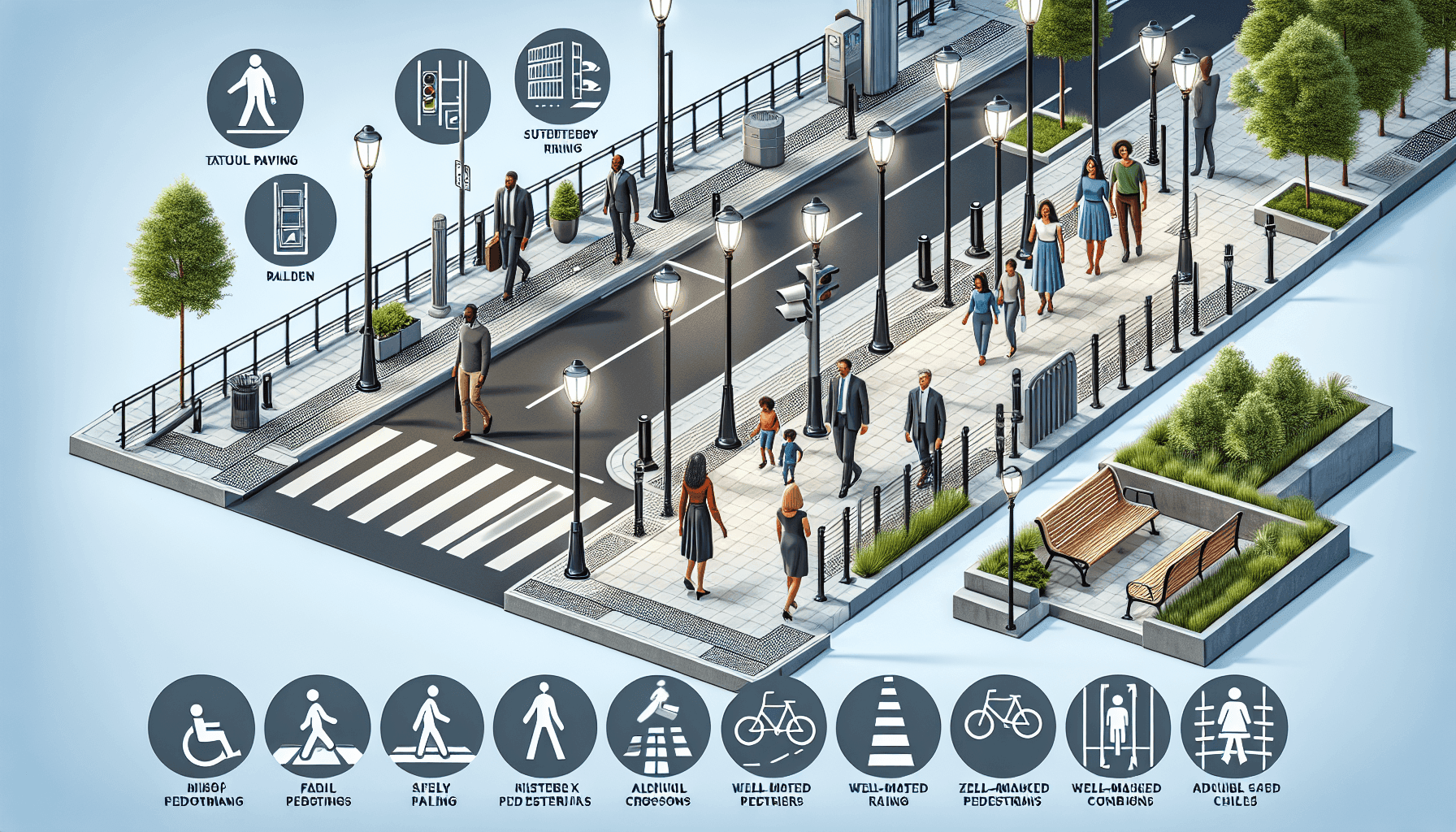In warehouse operations, safety should always be a top priority. With the constant movement of forklifts, pedestrians, and materials, there is always a risk of accidents and injuries. That is why it is crucial for warehouse managers to implement a comprehensive walkway safety improvement plan. This plan will help to prevent accidents, enhance overall safety, and provide a more efficient working environment for everyone involved.
Identify Potential Hazards
The first step in implementing a walkway safety improvement plan is to identify potential hazards within the warehouse. Conduct a thorough assessment of the work environment, including walkways, aisles, and intersections. Look for any obstructions, uneven surfaces, poor lighting, or blind spots that may pose a risk to pedestrians and forklift operators.
Take note of areas with high traffic and areas where visibility may be limited. Pay attention to any near misses or previous incidents that have occurred in the warehouse. This information will help you determine the most critical areas to address in your safety improvement plan.
Develop a Clear Pathway System
Once you have identified the potential hazards, it’s time to develop a clear pathway system within the warehouse. This involves creating designated walkways and separating them from forklift traffic areas. Use floor markings, signs, and barriers to clearly indicate where pedestrians should walk and where forklifts should operate.
Consider investing in durable floor marking tape or paint that is highly visible and can withstand the heavy traffic and equipment in the warehouse. Use different colors for pedestrian walkways, forklift lanes, and loading areas to help workers easily distinguish between them.
Implement Safety Signage
Safety signage is a crucial component of any walkway safety improvement plan. Place clear and informative signs throughout the warehouse to remind workers of safety rules and to serve as visual cues for potential hazards. Signs should indicate speed limits, forklift-only areas, pedestrian crossings, and restricted areas.
Additionally, consider using floor signs that can be seen from different angles to warn pedestrians of forklift traffic or forklift operators of pedestrian crossings. Make sure the signage is regularly inspected, cleaned, and replaced as needed to ensure visibility and effectiveness.
Provide Proper Training
A comprehensive walkway safety improvement plan is only effective if all employees are properly trained on the protocols and procedures. Provide thorough training to both forklift operators and pedestrians on safe practices in the warehouse.
Forklift operators should receive training on operating the equipment safely, understanding the designated traffic areas, and being aware of pedestrians. Pedestrians should be educated on how to navigate the designated walkways, the importance of being alert, and adhering to the safety protocols. Regular refresher training sessions should be conducted to reinforce safety practices and address any new concerns or hazards.
Utilize Technology and Equipment
In addition to implementing physical measures and training programs, consider utilizing technology and equipment to further enhance walkway safety. For instance, installing a forklift pedestrian detection system can significantly reduce the risk of accidents between forklifts and pedestrians.
Forklift pedestrian detection systems use sensors and cameras to detect the presence of pedestrians in the vicinity of a forklift and issue alerts to the operator. This technology can help prevent collisions and provide an additional layer of safety for workers in the warehouse.
Another technology to consider is the use of RFID (Radio-Frequency Identification) tags or badges for pedestrians. RFID technology can be integrated with access control systems in the warehouse, allowing for better monitoring of pedestrian movements and ensuring they stay within designated walkways.
Regular Maintenance and Evaluation
Once your walkway safety improvement plan is implemented, it is crucial to regularly maintain and evaluate its effectiveness. Conduct routine inspections to ensure that walkways are clear, signage is visible, and equipment is in proper working condition.
Encourage employees to provide feedback and report any safety concerns or near-miss incidents. Use this feedback to continually improve the walkway safety plan and address any new hazards or issues that may arise in the warehouse.
By implementing a comprehensive walkway safety improvement plan and continuously evaluating its effectiveness, warehouse managers can create a safer working environment, reduce the risk of accidents, and enhance overall productivity and efficiency. Prioritizing safety not only protects the well-being of employees but also helps to minimize costs associated with accidents and injuries within the warehouse.

